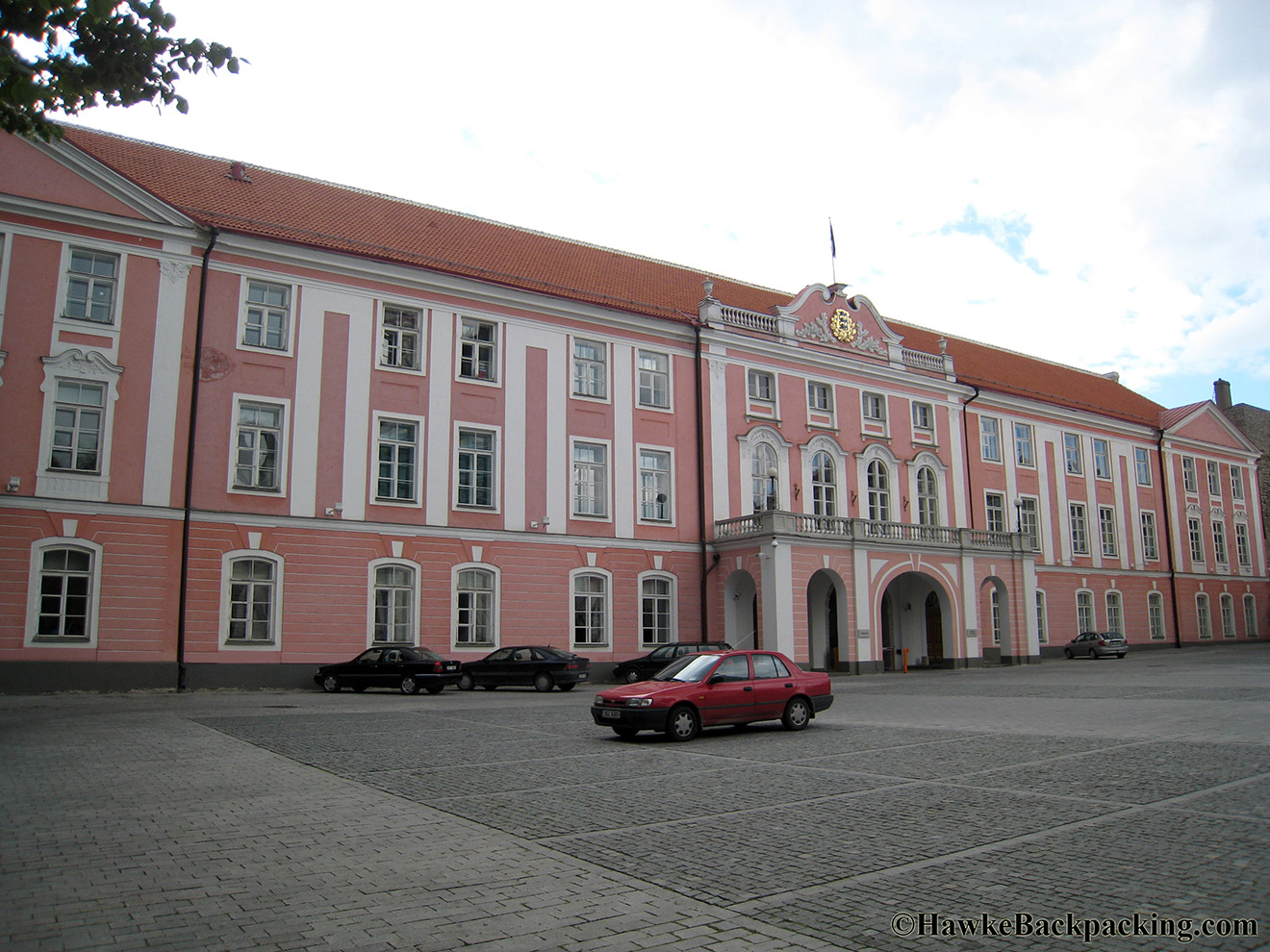Estonia Successfully Broke Away From its Communist Past. Can Macedonia do the Same?
Each week we run stories on the problems of public indebtedness, large and inefficient public sector, and endemic institutional challenges facing Macedonia. The story of Macedonian economic development after the country’s departure from communist Yugoslavia has been one of disappointment and underutilized potential. Macedonia is surrounded by countries that have had differing experiences in their transition from communism to free market democracy, but it seems like Macedonian leaders have not taken any development cues from the successful transition examples.
Lauded as one of the success stories of post-communist transition, Estonia has long held the title of economic development leader among the former communist countries of Europe. Estonia achieved tremendous progress in the past three decades, despite its unfavorable circumstances in the early 1990s. Much like Macedonia, Estonia broke from a communist regime and sought an independent path to prosperity. As hard as it is to believe, Macedonia and Estonia had much in common early in their transition paths. Both inherited a communist economic framework, a non- existent private sector, and corrupt institutions. Both countries had small populations and were situated geographically among unfriendly neighbors. Even their economic parameters were comparable.
In 1991, Estonia had a GDP per capita rate of 3,400 dollars, whereas Macedonia’s GDP percapita was 2,355 dollars. Much has changed since Macedonia and Estonia had comparable numbers in the early 1990s. Over three decades after the transition process began, Estonia and Macedonia could not be farther apart. In 2018, Macedonia’s GDP per capita was barely over 6,000 dollars, whereas Estonia’s was 23,000 dollars. Estonia reached such high numbers by averaging an annual rate of 10% GDP per capita increase since 1999. Estonia developed strong economic ties with its neighbors, and opened itself to foreign investment early on. Whereas Macedonia struggled with endemic corruption and inefficient public sector, Estonia led a relentless battle against corruption and established a strong system based on the rule of law. In terms of economic policy, Estonia made crucial headways early on in its transition process. On the other hand, Macedonia was stuck in a cycle of economic ruin, corrupt process of privatization and lack of strategic investment in industry-specific development.
There are several economic parameters that Estonian leaders managed to stabilize and use to their advantage in the transition to market economy. The Estonian leadership focused on balancing its budget such that public debt became almost non-existent. The country stabilized its currency and pegged it to the euro, and the government worked hard on promoting a competitive private banking sector capable of supporting service industry development. Furthermore, Estonian leaders early on realized that investors appreciate stability. To this end, Estonia established a long-standing policy of stabilizing its taxation system. The country established a flat tax rate and stuck with it throughout its transition, which contributed to investor confidence and promoted economic growth.
Starting in the early 1990s, Estonia established itself as an attractive investment location by instituting flat taxation and virtually eliminating corruption in its institutions. Finally, successive Estonian leaders directed efforts toward supporting innovation and entrepreneurship, making E- services and internet development central to the country’s economic model. As a result, Estonia became one of Europe’s innovation hubs, a stable and prosperous country with high standards of living and laudable private sector.
Contrary to Estonia, Macedonian leaders switched back and forth between progressive and flat taxation. Although much of the legislative framework implemented by Macedonia was made in conjunction with global financial institutions, Macedonia had substantive issues with implementing its laws and creating stable investment climate in the country. Furthermore, problems with the rule of law, clientelism in the public sector and short-term economic orientation significantly slowed down the Macedonian economy.
Given the comparable size of the countries, it is reasonable to infer that Macedonia could follow Estonia’s economic development model. In order to do so, Macedonian leaders have to look beyond their 4-year terms in power and work on establishing long-term development goals, oriented around growth in the private sector and shrinking of the public sector. Furthermore, Macedonia must commit fully to the rule of law by strengthening its institutional quality and by leading an uncompromising battle against rampant corruption.
UMD recommendations
Much has been written on the Estonian economic transition. The following books and articles shed light on the economic policies that were instituted throughout the transition, as well as the political decisions that were necessary in order for economic activity to reach its current levels in the country. Not only can these books provide insights into breaking from the cycle of underdevelopment, but they can also be used by Macedonian leaders as blueprints for economic policy enactment.
• Mayes, David. Microfoundations of Economic Success. Edward Elgar Publishing, 2009.
• Laar, Mart. “The Estonian economic miracle.” Backgrounder 2060 (2007): 1-12.
• Kooskora, Mari. “Perceptions of business purpose and responsibility in the context of radical political and economic development: The case of Estonia.” Business Ethics: A European Review 15, no. 2 (2006): 183-199.
• Nørgaard, Ole, Lars Johannsen, Mette Skak, and Rene H. Sørensen. “The Baltic states after independence.” Books (1999).
• Drahokoupil, Jan. “After transition: Varieties of political-economic development in Eastern Europe and the former Soviet Union.” Comparative European Politics 7, no. 2 (2009): 279-298.
•Pickles, John, and Adrian Smith, eds. Theorizing transition: the political economy of post-communist transformations. Routledge, 2005.
—
Any opinions or views expressed in articles or other pieces appearing in UMD Voice are those of the author or interviewees alone and are not necessarily those of the United Macedonian Diaspora and its young leaders’ program Generation M; the appearance of any such opinions or views in UMD Voice is not and should not be considered to be an endorsement by or approval of the same by UMD and Generation M.

